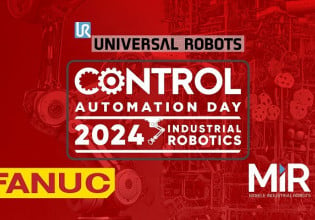J
Jiri Baum
> >Someone quite famous programmer (could be Larry Wall but I am not
> >sure) said something like "A programming language not changing the
> >way you think is not worth learning"
Bill Sturm:
> Yes, I agree with this. For an example, try learning FORTH. It is
> like no other language.
The other two would be a logical language and a functional language.
With logical languages, watch out for Prolog - it's the classical one, but it has an annoying left-to-right top-to-bottom thing; something more modern would be better (mercury?). Similarly for functional languages and LISP.
(Well, it's annoying if you're trying to change the way you think, anyway.)
> I am currently working on TCL/TK. It is a very impressive language
> for building graphical programs. TK is very clever.
You can get Tk for various other languages, too.
Jiri
--
Jiri Baum <[email protected]> http://www.csse.monash.edu.au/~jirib
MAT LinuxPLC project --- http://mat.sf.net --- Machine Automation Tools
> >sure) said something like "A programming language not changing the
> >way you think is not worth learning"
Bill Sturm:
> Yes, I agree with this. For an example, try learning FORTH. It is
> like no other language.
The other two would be a logical language and a functional language.
With logical languages, watch out for Prolog - it's the classical one, but it has an annoying left-to-right top-to-bottom thing; something more modern would be better (mercury?). Similarly for functional languages and LISP.
(Well, it's annoying if you're trying to change the way you think, anyway.)
> I am currently working on TCL/TK. It is a very impressive language
> for building graphical programs. TK is very clever.
You can get Tk for various other languages, too.
Jiri
--
Jiri Baum <[email protected]> http://www.csse.monash.edu.au/~jirib
MAT LinuxPLC project --- http://mat.sf.net --- Machine Automation Tools






